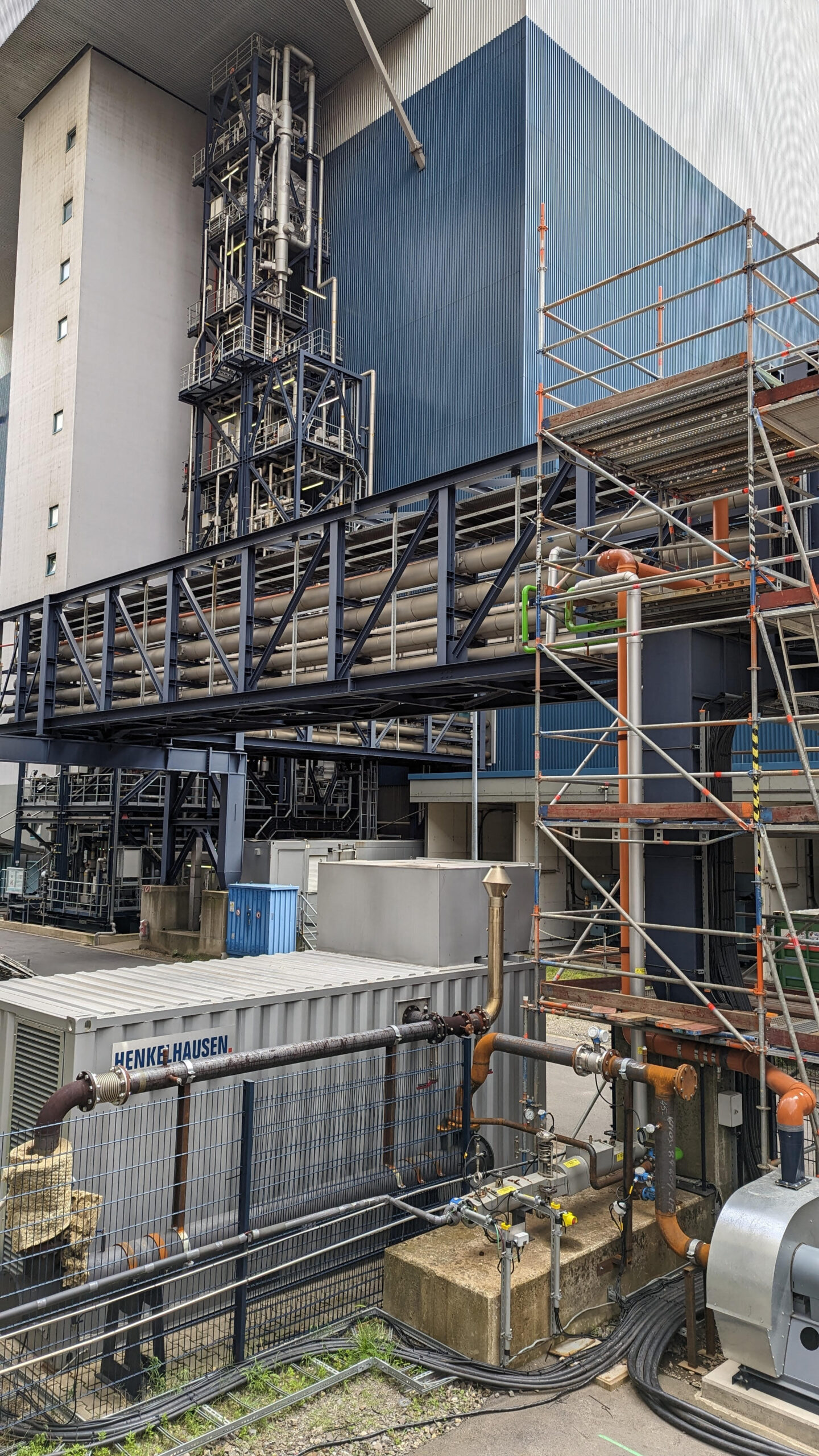The ocean covers about 71% of the Earth’s surface and contains about 50 times more water than the atmosphere. It is also a major sink for carbon dioxide, absorbing about 20% of the carbon dioxide that is released into the atmosphere each year.

The deep seabed is even more efficient at absorbing carbon dioxide than the upper layers of the ocean. This is because the deep seabed is cold and under high pressure, which makes it more difficult for carbon dioxide to escape.
The Benefits of Storing Carbon Dioxide in the Ocean
There are several potential benefits to storing carbon dioxide in the ocean. First, it is a large and relatively secure storage space. The ocean is vast and deep, and the deep seabed is covered by a layer of sediment that helps to protect the carbon dioxide from being released.
Second, storing carbon dioxide in the ocean could help to reduce ocean acidification. Ocean acidification occurs when the ocean absorbs carbon dioxide, which makes the water more acidic. This can harm marine life, such as coral reefs and shellfish.
Third, storing carbon dioxide in the ocean could help to mitigate climate change. By removing carbon dioxide from the atmosphere, it can help to slow the rate of global warming.
The Risks of Storing Carbon Dioxide in the Ocean
While there are several potential benefits to storing carbon dioxide in the ocean, there are also some potential risks. One risk is that the carbon dioxide could react with seawater and form harmful compounds. These compounds could potentially harm marine life or even humans.
Another risk is that the carbon dioxide could be released back into the atmosphere if the deep seabed is disturbed. This could happen if there is an earthquake or other natural disaster. It could also happen if humans accidentally disturb the seabed.
More Research Needed
More research is needed to assess the risks and benefits of storing carbon dioxide in the ocean. However, if the technology can be developed safely and effectively, it could offer a promising solution to climate change.
The Future of Carbon Dioxide Storage in the Ocean
The potential of storing carbon dioxide in the ocean is a promising area of research. If the technology can be developed safely and effectively, it could offer a significant contribution to the fight against climate change.
There are currently several projects underway to explore the feasibility of storing carbon dioxide in the ocean. One project, called the Northern Lights project, is being developed by a consortium of companies in Norway. The project would involve injecting carbon dioxide into the deep seabed off the coast of Norway.
Another project, called the Carbfix project, is being developed by a consortium of companies in Iceland. The project would involve injecting carbon dioxide into basalt rock, which would react with the carbon dioxide to form stable carbonate minerals.
These are just two examples of the many projects that are underway to explore the potential of storing carbon dioxide in the ocean. As the technology continues to develop, it is likely that we will see more projects of this nature in the future.
Conclusion
The potential of storing carbon dioxide in the ocean is a promising area of research. If the technology can be developed safely and effectively, it could offer a significant contribution to the fight against climate change.
Learn more about the potential of storing carbon dioxide in the ocean at: https://www.ciphernews.com/carbon-under-the-sea






